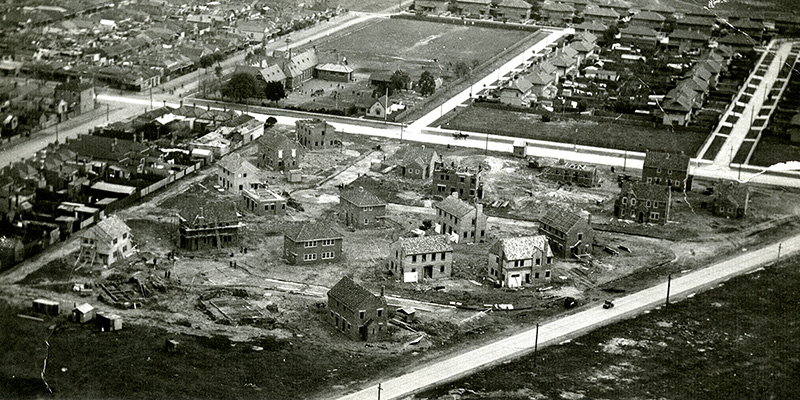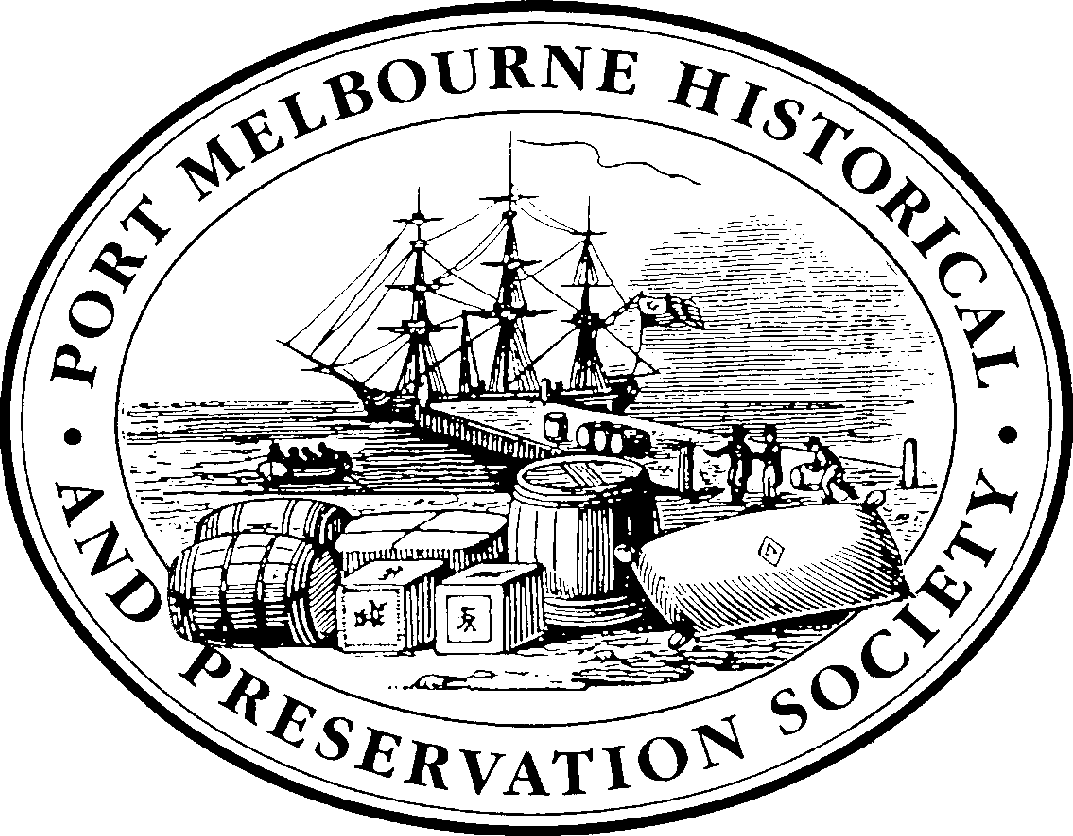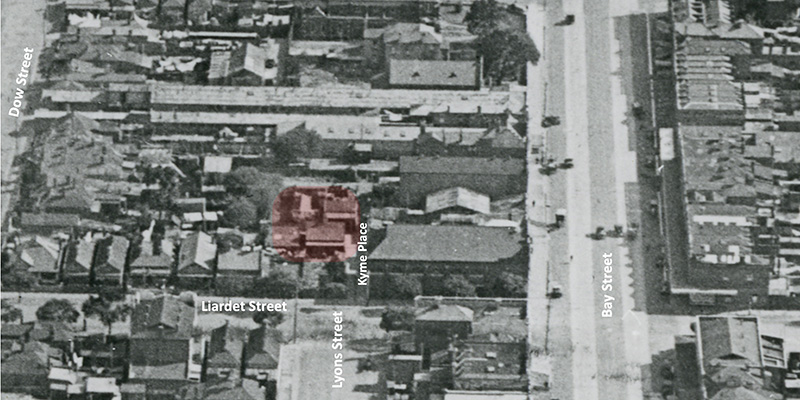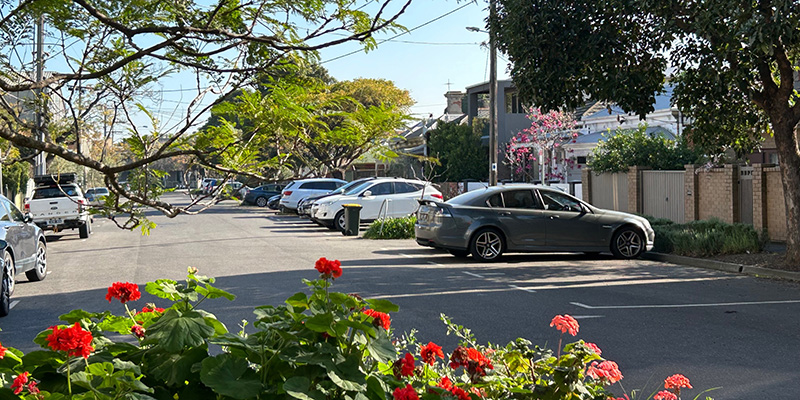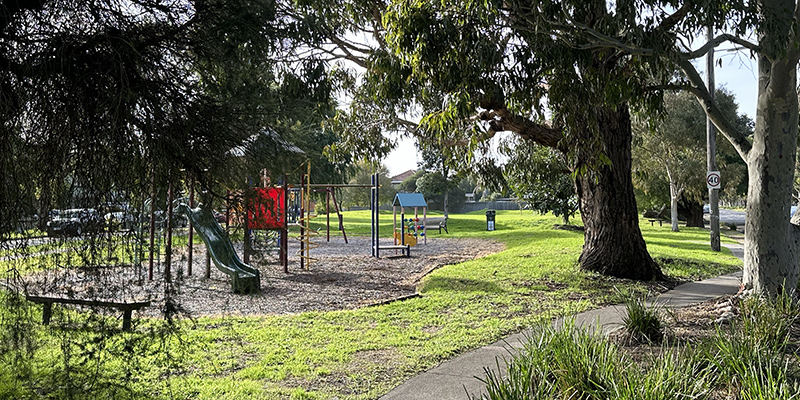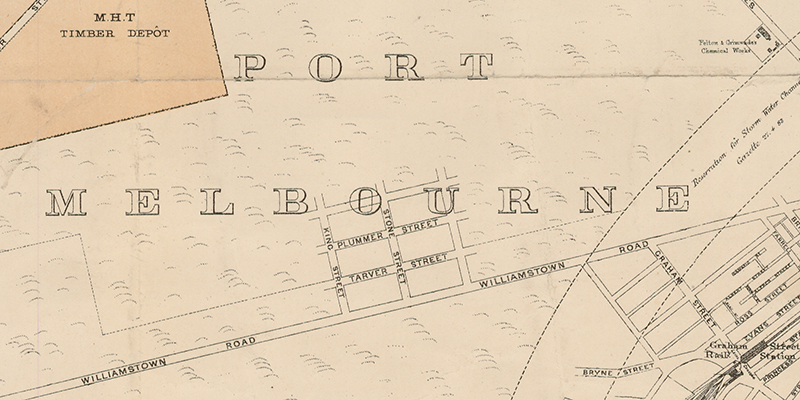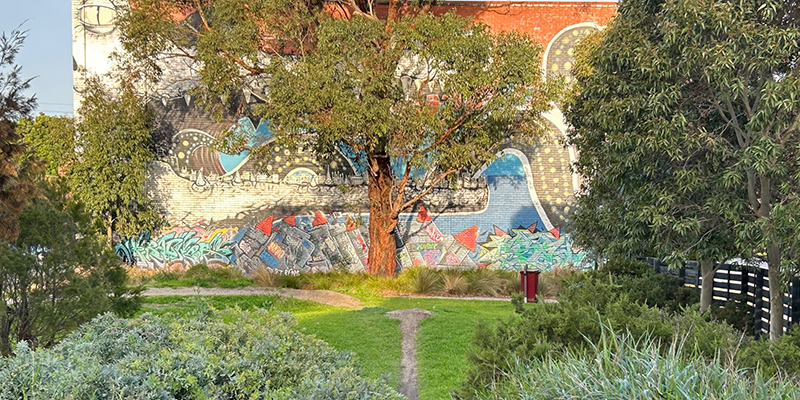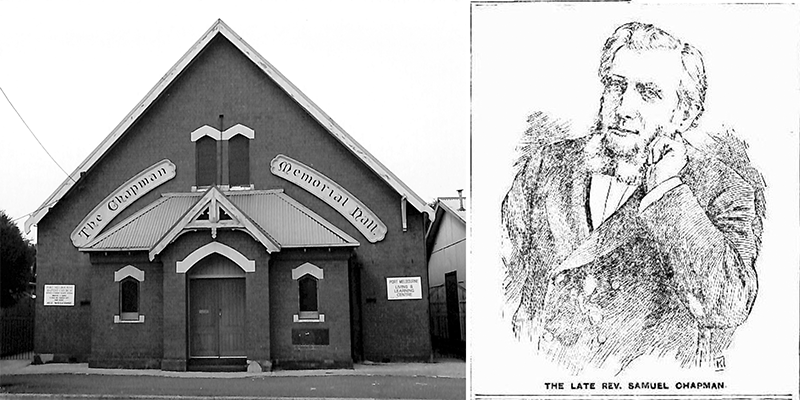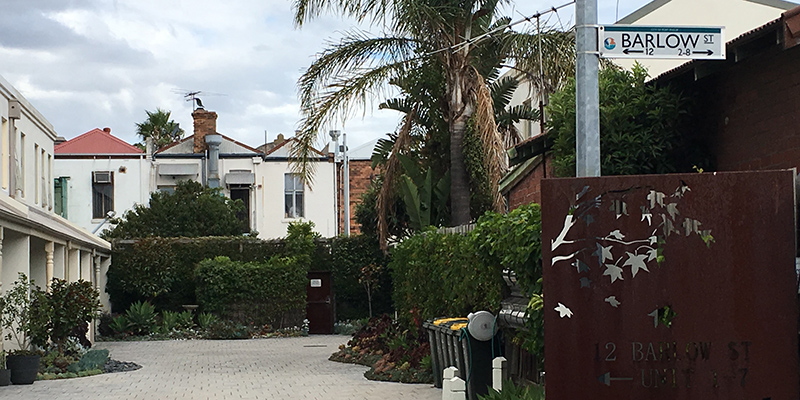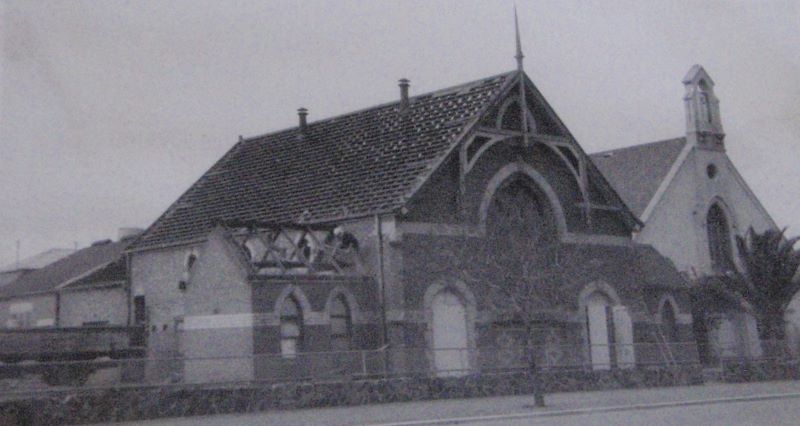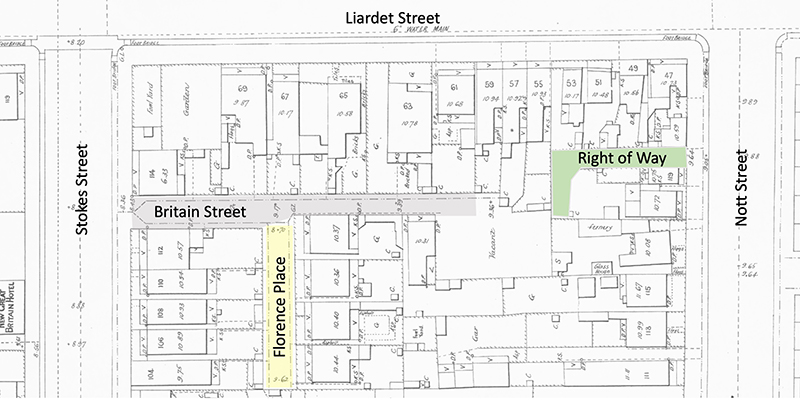by David Thompson
Thomas Griffin's grave at Lancefield Cemetery, 2024. Photograph by Daniel Brueckner.
On Sunday, 8 Nov 1953 Port Melbourne Mayor, Cr E J Purchase with Crs J P Crichton and T G Douglas accompanied by the Port Melbourne Municipal Band attended the grave of the late Cr Tom Griffin at Lancefield. [1] This had become an annual pilgrimage since…
